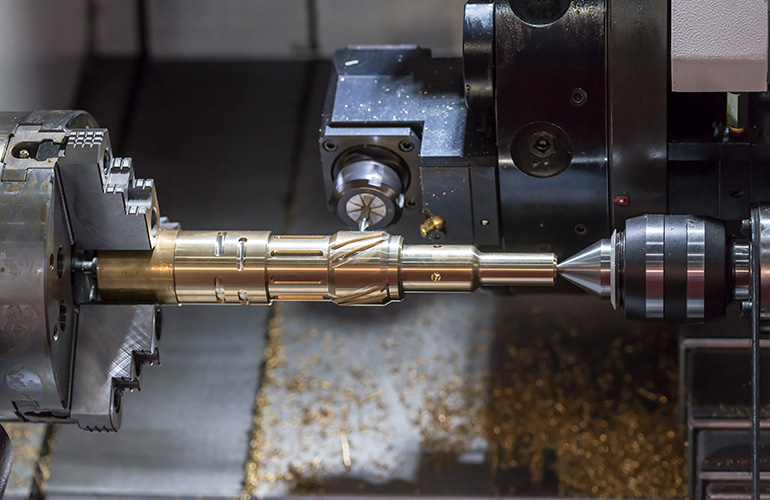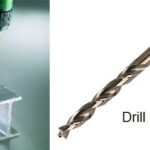Raw materials of irregular size and shape has very little value. So to impart some function ability in the raw material we have to add some values to it. By production or manufacturing process an irregular shaped work piece is converted into a high utility product. This finished product has desired size, shape and meets our requirement.
In machining process extra material is removed from the preformed blank. In this process different types of chips are formed when the cutting tool moves over the workpiece. Machining can produce semi-finishing or finishing according to the need of the machinist.
Rotational and non-rotational Machined parts
Machine parts are generally of two types
· Rotational
· Non-rotational
Rotational Machined Parts Features
· Rotational work part is cylindrical or can have a disc-like shape.
· In this work piece the material is removed from rotating workpiece.
· This work-part involves lathe machine operations like turning and boring.
· Drilling slightly different operation. An internal cylindrical shape is formed in drilling. And in most of the cases the drilling tool rotates rather the work piece.

Non-Rotational Machined Parts Features
· These are block like or plate like jobs.
· Shapes are got by the linear motion of the w/p along with the rotating or linear tool movement.
· Operations involve milling, shaping , sawing and planning.
Forming and Generating Method in lathe machine
The different characteristic geometry of the machining operation is mainly due to two factors
· The relative motion of the tool and workpiece.
· The geometry of the cutting tool
These machining operations are classified as generating and forming.
Generating Method features
· Workpiece geometry is dependent on the feed trajectory or movement of the cutting tool.
· generating method involves different turning operations such as straight turning, taper turning. Peripheral milling and profile milling are also a member of this group.

Forming Method Features
· workpart geometry depends on tool geometry.
· Cutting edge of the tool and part surface of the workpart has the reverse shapes.
· Examples of operations include : Form turning, broaching, drilling etc.

Combination of Forming and generating
· Examples : Thread Cutting on a lathe or Slot milling .


